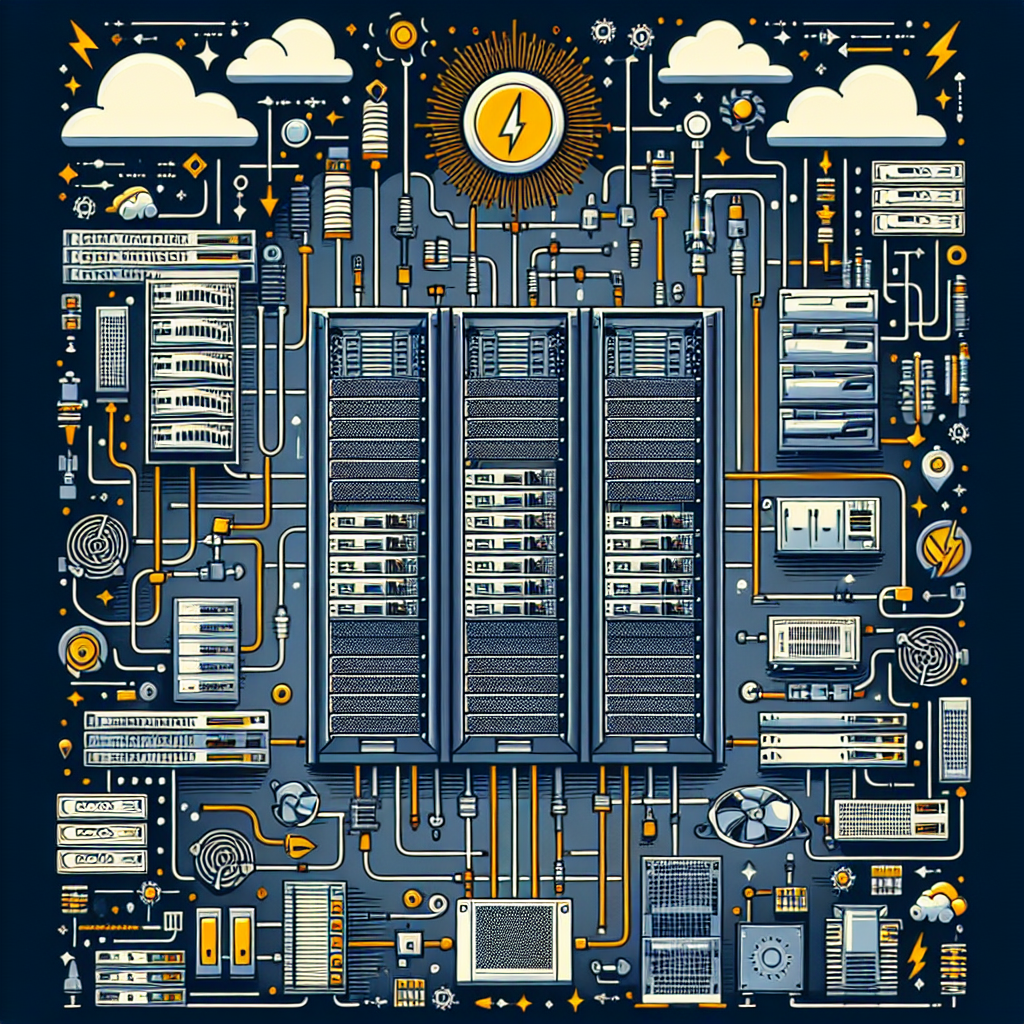Data centers are the backbone of modern technology infrastructure, housing and powering the servers and networking equipment that enable businesses to operate efficiently in the digital age. One critical aspect of data center operations is power distribution, which ensures that all equipment receives the necessary electricity to function properly. Understanding the fundamentals of data center power distribution is essential for maintaining uptime and preventing costly downtime.
At its core, data center power distribution involves the delivery of electrical power from the utility grid to the servers and other equipment within the facility. This process is typically divided into several key components, including power generation, transmission, distribution, and consumption. Each of these elements plays a vital role in ensuring that electricity is delivered safely and efficiently to the data center infrastructure.
Power generation refers to the process of producing electricity, typically through the use of fossil fuels, nuclear energy, or renewable sources such as solar or wind power. Once generated, electricity is transmitted over long distances through high-voltage transmission lines to substations, where it is then distributed to local power lines. These power lines deliver electricity to the data center, where it is distributed to individual servers and networking equipment through a series of power distribution units (PDUs) and uninterruptible power supply (UPS) systems.
One of the key considerations in data center power distribution is redundancy and reliability. To ensure continuous operation in the event of a power outage or equipment failure, data centers typically employ redundant power systems, including backup generators, UPS systems, and multiple power feeds from the utility grid. These redundant systems help to minimize downtime and ensure that critical operations continue without interruption.
Another important aspect of data center power distribution is load balancing. As data center equipment consumes varying amounts of electricity, it is essential to distribute power evenly across all servers and networking equipment to prevent overloading and maximize efficiency. Power distribution units and intelligent power management systems can help to monitor and manage power consumption, ensuring that resources are allocated effectively and efficiently.
In addition to ensuring reliable power distribution, data center operators must also consider energy efficiency and sustainability. As data centers consume large amounts of electricity, optimizing power distribution and reducing energy consumption can help to lower operating costs and minimize environmental impact. Strategies such as virtualization, server consolidation, and advanced cooling technologies can help to increase energy efficiency and reduce the carbon footprint of data center operations.
In conclusion, understanding the fundamentals of data center power distribution is crucial for maintaining uptime, preventing downtime, and optimizing energy efficiency. By implementing redundant power systems, load balancing strategies, and energy-efficient technologies, data center operators can ensure that their infrastructure remains reliable, resilient, and sustainable in the face of increasing demands for digital services.


Leave a Reply